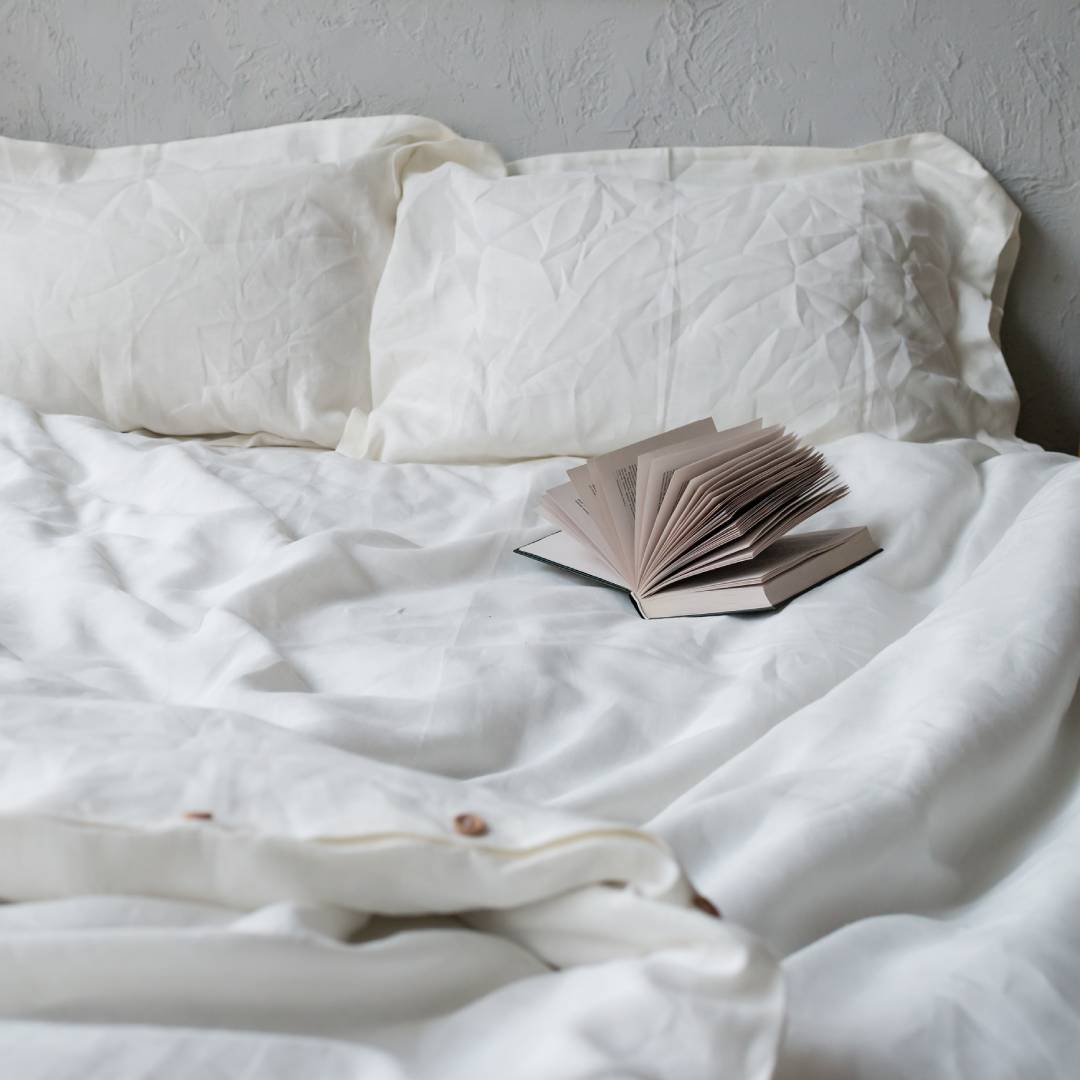There’s no denying that we spend a lot of time in our beds. It’s where we end every night and begin every morning. However, how much do you really know about your bed or beds in general? Today, we’re here with some fun facts about beds that you may not know. There’s some rich history hiding beneath our sheets!
The Invention of the Mattress
While the bed may have been one of the earliest ideas, the idea of the common mattress seemed to spring up around 77,000 years ago in South Africa. These prehistoric beds utilized layers of plant material that provided a soft surface to lay down on and insulation from the cold dirt floor. Fast forward to today when manufacturers engineer and design mattresses as sophisticated products for optimal comfort and support.
They’re Full of Science
Modern mattresses are a testament to the advancements in sleep science. Contemporary beds utilize science in some surprising ways, from memory foam developed by NASA for cushioning airplane seats to cooling gel technology for those hot summer nights. Did you know that furniture and bedding are some of the everyday items that incorporate polyurethane? These fancy plastics are flexible and comfortable to help ensure you get a good night’s rest.
Early Mattresses Used Vegetables
Here’s another fun fact about beds that you may not know! Some older mattresses utilized vegetables for comfort. While some regions utilized straw or feathers, others would stuff mattresses with pea shucks or corn husks. These leftover parts of the vegetables would provide a soft material that worked well for resting on at the end of a long day.
Earliest Box Spring
Beds aren’t just about mattresses, but the box spring that often lies beneath them. The box spring is another crucial element of the comfy beds we enjoy today, and its origins are also interesting. Early attempts at box spring technology incorporated leaves and similar materials around a wooden frame. However, the first official box spring came about in 1853 thanks to Tyler Howe, who decided to incorporate actual springs instead of metal into the framework.
Beds and mattresses may seem like straightforward items, but their history often intertwines with technological and social evolution. Next time you snuggle into your bed, remember that it’s not just a piece of furniture but a product of thousands of years of human innovation aimed at ensuring restful sleep. It’s a wonderful example of how necessity breeds invention, leading to the comfortable, science-filled beds we’re lucky enough to enjoy today.

